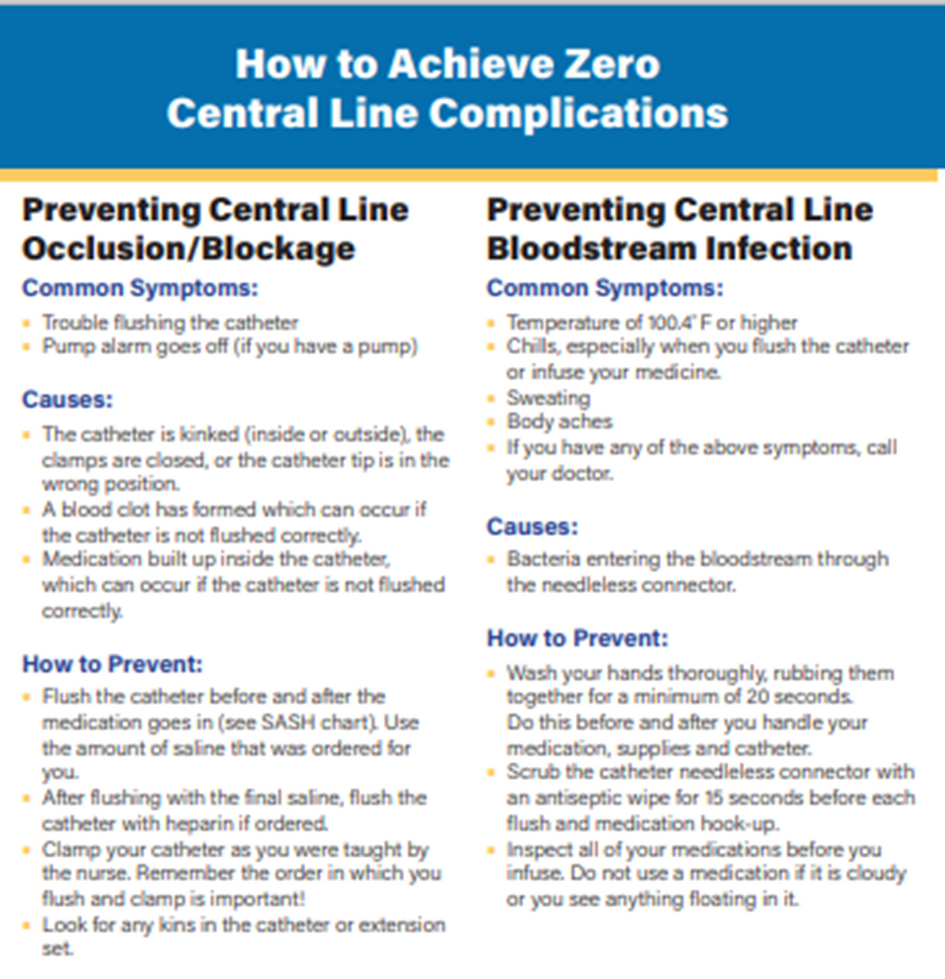

Our Central Office in Baytown, TX provides infusion therapy treatments for patients requiring intravenous medication. With an experienced nursing staff and a dedicated infusion suite, we safely administer prescribed infusions for various conditions. Patients can receive their infusion treatment in a comfortable office setting without the need for hospital admission. Our central location and flexible appointment availability allow patients to conveniently fit their prescribed infusion regimen into their schedule.
Our infusion suite offers comfortable recliners and amenities for relaxation during treatments, including large-screen televisions and complimentary refreshments.
During the infusion, our nurses closely monitor for side effects and complications. We follow strict protocols to ensure the safe and effective administration of all intravenous medications. We also keep emergency medications and supplies on hand to rapidly address any potential drug reactions or infusion-related adverse events.
We work closely with referring physicians to provide optimal outpatient infusion therapy, ensuring personalized care tailored to each patient's medical condition and needs.

Our Central Office in Baytown, TX provides infusion therapy treatments for patients requiring intravenous medication. With an experienced nursing staff and a dedicated infusion suite, we safely administer prescribed infusions for various conditions. Patients can receive their infusion treatment in a comfortable office setting without the need for hospital admission. Our central location and flexible appointment availability allow patients to conveniently fit their prescribed infusion regimen into their schedule.
Our infusion suite offers comfortable recliners and amenities for relaxation during treatments, including large-screen televisions and complimentary refreshments.
During the infusion, our nurses closely monitor for side effects and complications. We follow strict protocols to ensure the safe and effective administration of all intravenous medications. We also keep emergency medications and supplies on hand to rapidly address any potential drug reactions or infusion-related adverse events.
We work closely with referring physicians to provide optimal outpatient infusion therapy, ensuring personalized care tailored to each patient's medical condition and needs.
Home infusion therapy involves the administration of medications through an intravenous (IV) line, allowing patients to receive treatment outside of a hospital or clinic setting.
Many medications are more effective when infused because they are delivered directly into the bloodstream, ensuring faster and more efficient absorption.
The duration of an infusion depends on the type of medication, dosage, and the device used for administration. It can take as little as a few minutes or as long as several hours.
Home infusion therapy allows you to receive treatment in the comfort and safety of your own home. The medication can be self-administered by the patient, a family member, or a caregiver. Our facility will provide you with the necessary medication and supplies to ensure a smooth and effective treatment process.
Many medications are more effective when they are infused because they are delivered directly into the bloodstream.
Here are some key things to know before starting your therapy:
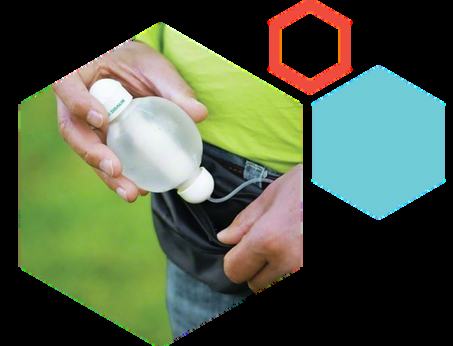
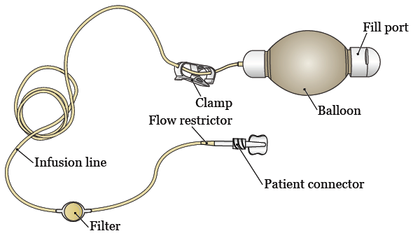
To receive medication at home, you must have one of the following access devices: PICC line, Midline, Tunneled Central line, or Port-a-Cath. These devices allow medication to be administered directly into the vein for effective treatment.
The duration of an infusion depends on the type of medication, dosage, and the device used for administration. It can take as little as a few minutes or as long as several hours.
For certain treatments, you may need to use medical equipment. Your nurse will provide clear, easy-to-follow instructions and ensure you feel comfortable with the process before starting your treatment.
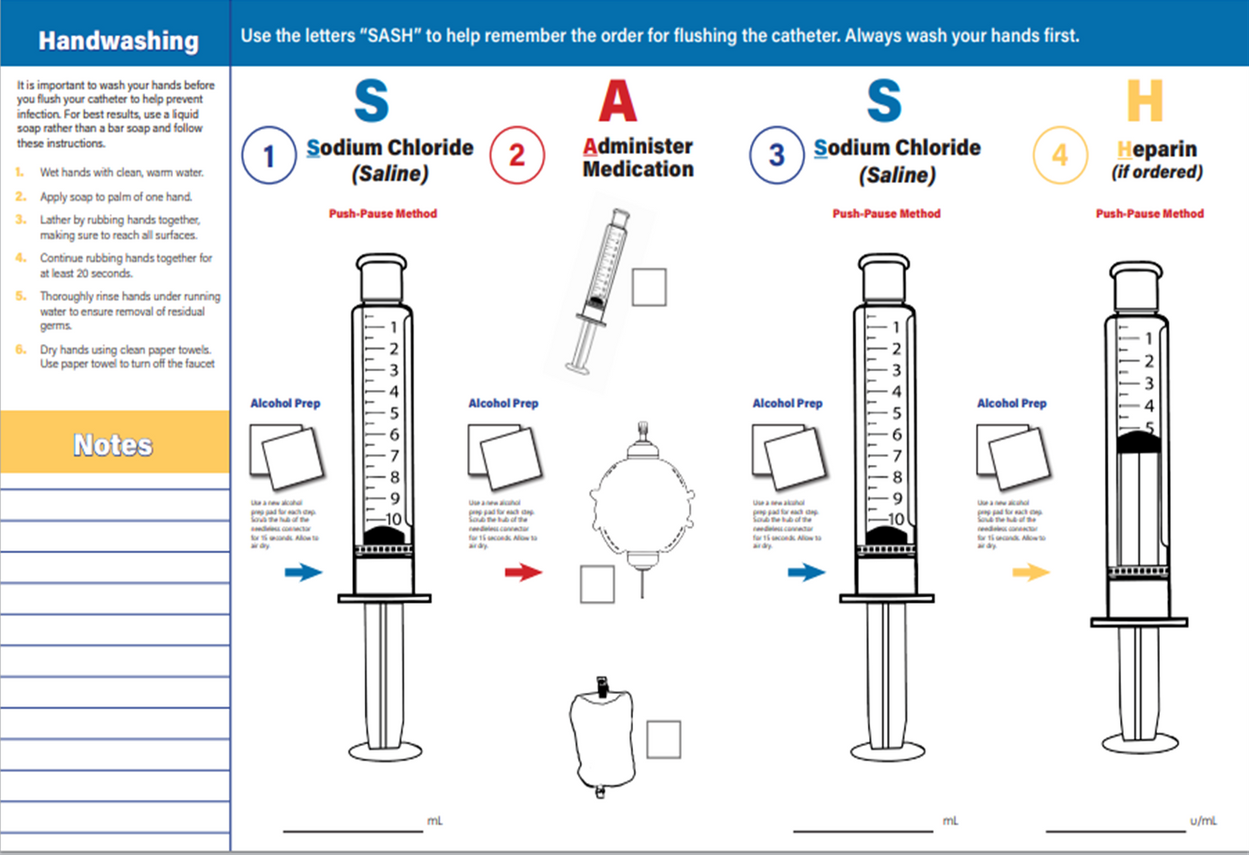
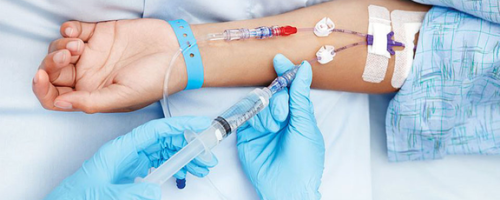
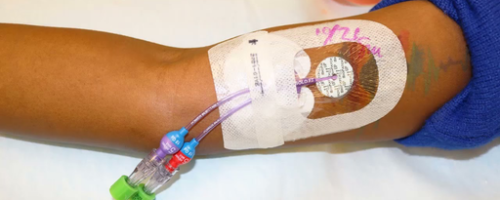
The routine care and maintenance of a PICC line involve weekly flushing and dressing changes. However, if the PICC is used for administering drugs or fluids, it must be flushed immediately after completing the infusion. Additionally, security devices such as Statlock or Griplock should be changed once every four weeks.
You should flush your PICC line as often as directed by your healthcare provider. In some cases, it may need to be flushed after each use. If the PICC line is not in active use, flushing may be required once a day or, in some instances, once a week.
Avoid strenuous activity or heavy lifting for the first 48 hours after the line is placed. Never use scissors to remove tape or dressing from around the line. Always secure the line to your arm with tape to prevent it from snagging on objects. When showering, cover the area with plastic to keep the dressing dry.
Placing body pillows on either side of you can help prevent shifting at night and reduce discomfort. It is generally best to sleep on your back to avoid friction or movement around the port, but some individuals may find sleeping on their side more comfortable.
If you don't care for your PICC line properly, you could develop complications such as occlusions (blockage), phlebitis (inflammation of a vein), thrombosis (blood clots), hemorrhage (bleeding), and infection. Call your infusion RN, and she will guide you through troubleshooting your line. Go to the emergency department immediately if you develop a fever.
If at home you notice that the insertion site of the catheter is oozing or bleeding, call your Infusion Nurse for guidance. We will likely be sending you to the hospital for evaluation of your line.
It is important that you understand that while under our care, we must be made aware immediately if you are hospitalized for any reason while undergoing treatment. Our team works hand in hand with your healthcare providers to ensure they are fully aware of your treatment plan.
We strive to ensure we provide you with an adequate quantity of supplies to properly infuse while at home. If, for some reason, you are short on any supplies or your medication malfunctions and wastes, please contact your infusion nurse, and she will ensure you are provided with the additional supplies needed.
We strive to ensure patient safety while undergoing treatment. Anticipate that your first dose will be administered in our office under RN supervision. If you develop a drug reaction, we are equipped to ensure your safety in our office. While at home, if you feel you are having a drug reaction, immediately **STOP** the infusion and **contact your Infusion RN**. Depending on the symptoms reported, you will be directed to go to the **Emergency Room**.
Center for Medicare and Medicaid Services(CMS) 1-877-267-2323 cms.gov
Medicare Fraud and Abuse 1-800-HHS-TIPS 1-800-447-8477
National Weather Servicce weather.org
Disaster Distress Helpline 1-800-985-5990 samhsa.gov
National Domestic Abuse Hotline 1-800-799-7233
National Suicide Prevention 24/7 Hotline 1-800-273-TALK 1-800-273-8255)
Eldercare Locator 1-800-677-1116 eldercare.gov
National Alliance on Mental Illness 1-800-950-6264 nami.org
Nation Hunger Hotline 1-866-3HUNGRY (1-866-348-6479
Health Imformation Privacy (HIPAA) hhs.gov/ocr/privacy
National Center on Elder Abuse 1-800-677-1116 ncea.aoa.gov
1-866-8HAMBRE (1-866-6276) (Espanol) Monday-Friday 9am-6pm ET
Medicaide medicaid.gov
National Child Abuse Hotline 1-800-422-4453 childhelp.org
American Association of Poison Control Centers (AAPCC) Poison Help Line 1-800-222-1222 24/7 Hotline
Medicare Service Center 1-800-MEDICARE 1-800-633-4227
National Sexual Assualt Hotline 1-800-656-4673 (24/7 Hotline) rainn.org
U.S. Department of Health and Human Services 370 L’Enfant Promenade, S.W. Washington, DC., 20447 hhs.gov
To ensure proper self-administration at home, we encourage you to use this log daily when administering your infusion. This helps your Infusion Nurse monitor and support proper self-administration.
What is osteomyelitis? Osteomyelitis is an inflammation or swelling of bone tissue that is usually the result of an infection. Bone infection may occur for many different reasons and can affect children or adults.
UTIs are common infections that happen when bacteria, often from the skin or rectum, enter the urethra, and infect the urinary tract. The infections can affect several parts of the urinary tract.
Orthopedic implantable hardware, employed in a variety of situations from joint replacement surgeries to treatment of traumatic injuries. One of the most common complications with procedures involving orthopedic hardware is infection. Joint infections are foreign bodies, and all patients have an increased risk of developing surgical site infections.
Cellulitis is a common bacterial skin infection that causes redness, swelling, and pain in the infected area of the skin. If untreated, it can spread and cause serious health problems.
The lungs are a frequent site of infectious diseases. Pleuropulmonary infections include bronchitis and bronchiolitis, pneumonia, lung abscess, cavity formation, allergic bronchopulmonary reaction, as well as pleural effusion and empyema.
What Is a Diabetic Foot Ulcer? A diabetic foot ulcer is an open sore or wound that occurs in approximately 15 percent of patients with diabetes, and is commonly located on the bottom of the foot.

At our infusion center, we prioritize equipping patients with comprehensive information about their treatment journey.
Upon arrival, you will receive a detailed drug guide tailored to the medication you'll be receiving during your infusion therapy. This guide provides insights into dosage, potential side effects, and necessary precautions.
Beyond medication details, we offer resources dedicated to educating patients about the disease process itself. Understanding your condition is crucial for making informed decisions, managing symptoms effectively, and maintaining a positive outlook.
Our team is committed to ensuring you have access to the knowledge and support needed at every step, fostering confidence and control throughout your treatment experience.

